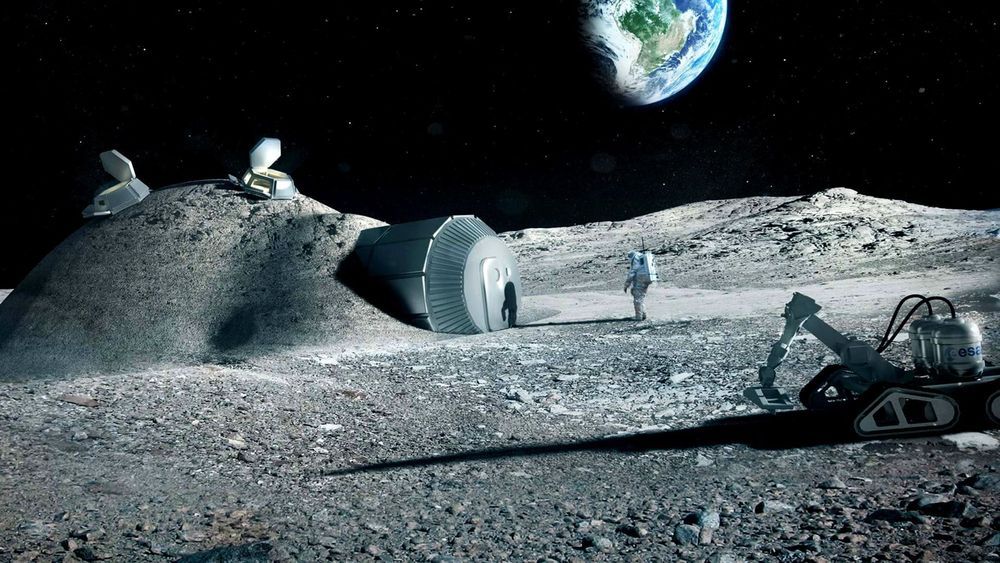An excellent interview. Fossel and Aubrey de Grey of the SENS Foundation are in disagreement about telomerase.
https://www.singularityweblog.com/michael-fossel/
Michael Fossel‘s dream is to reverse human aging and since 1996 he has been a strong and vocal advocate of experimenting with telomerase therapy as a potential way of intervention in a wide variety of medical conditions related to aging. In addition, Fossel is one of those unique people who are a real pleasure to not only see speaking from the stage but also to meet in person. And having done both of these, I can honestly say that Michael is as much an impassioned expert speaker as he is a compassionate human being. Not only that but he is also a generous host, who loves entertaining guests visiting his fabulous house near Rapid Falls, Michigan and I have to admit I had tons of fun socializing with him both in front and behind camera. So, all in all, it was a lot of fun meeting and interviewing Dr. Fossel for my Singularity 1 on 1 podcast.
During our 1 hour discussion with Michael we cover a variety of interesting topics such as: his dream to reverse aging and the desirability and feasibility thereof; the Hayflick limit of cell division and Aubrey de Grey’s concerns that telomerase therapy may cause cancer; the distinction between reversing aging and living forever; his “non-sexy” tips on healthy living; his take on cryonics and transhumanism…
My favorite quotes that I will take away from this interview with Michael Fossel are:

